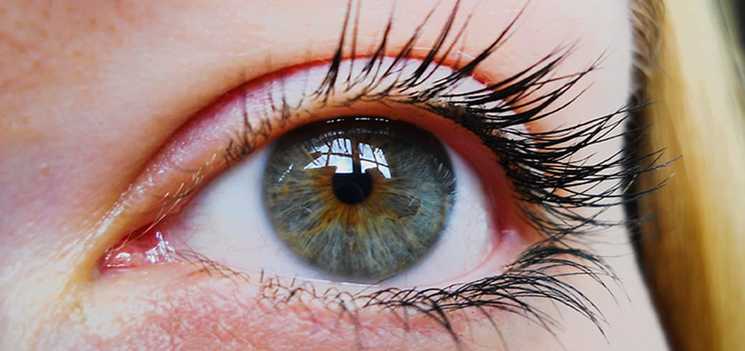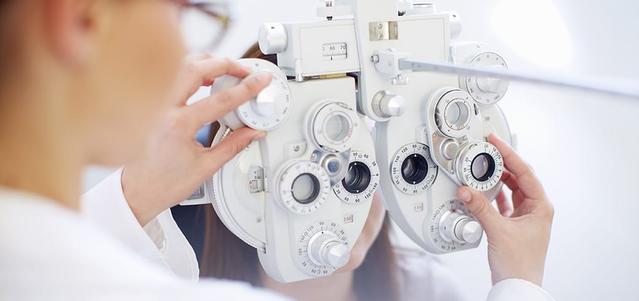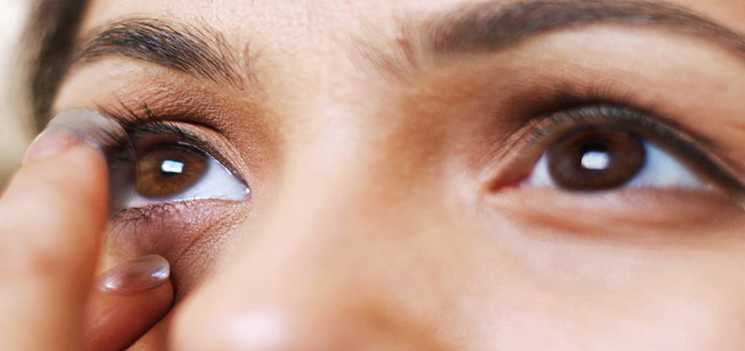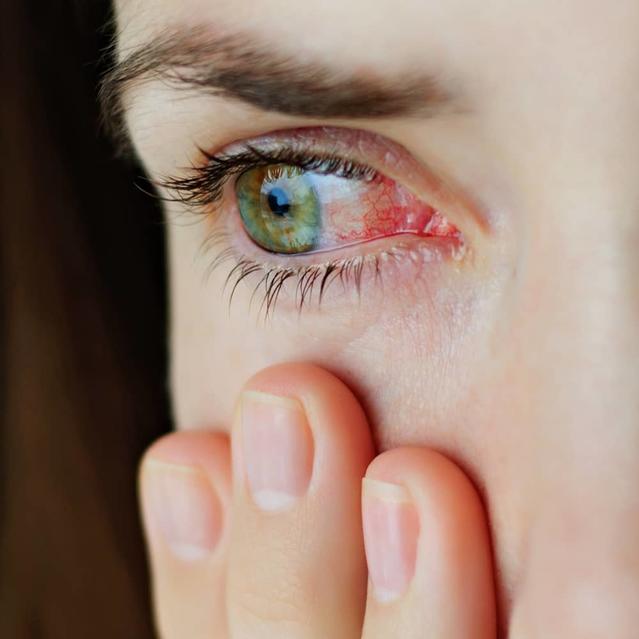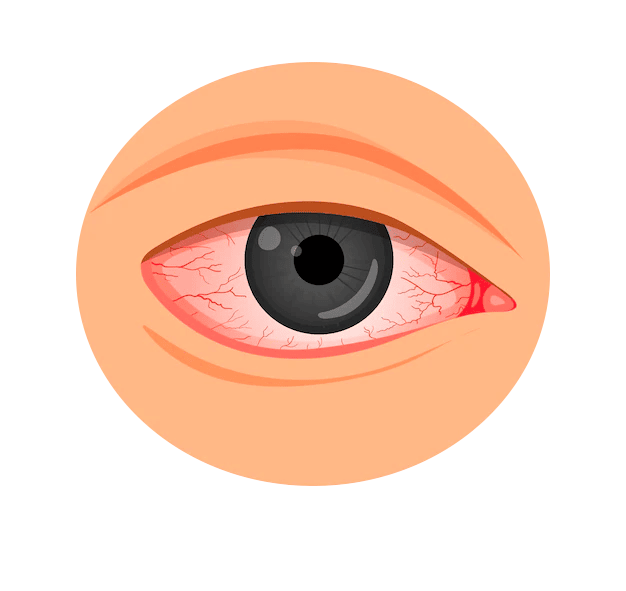Causes, Symptom, Treatment & Prevention of Eye Redness
Eye redness is a common issue that causes eye irritation and is often the result of swollen or dilated blood vessels. This condition makes the appearance of the eyes red in colour, as its name implies, and it can affect either one or both eyes. Red eyes are also commonly referred to as bloodshot eyes. In some cases, eye redness develops suddenly when associated with allergies or an injury. In other cases, the condition develops over time, as tiny blood vessels under the surface of the eye become inflamed or enlarged as a reaction to any eye irritation.¹
If you suspect you have eye redness, use the “Find An Eye Care Professional” tool to find an Eye Care Professional near you and schedule an eye examination. Read on for more information on eye redness causes, symptoms and how to prevent it.
Causes of Eye Redness
Eye redness happens when the vessels at the surface of the sclera and conjunctiva, the white portion of the eye and the clear membrane over it, become swollen. The vessels can swell due to many causes, including sun exposure, dust, eye dryness, cold, allergies and other particles in the eye. Here are also some other causes, including infections and inflammation that can cause bloodshot eyes:²
- Conjunctivitis is the swelling or infection of the clear tissue that lines the eyelids and covers the conjunctiva, the surface of the eye. It can cause eye redness and irritation.
- Blepharitis, which is a condition in which swelling develops along the edge of the eyelid.
- Uveitis is the inflammation of the uvea, and it may be related to exposure to toxins or an autoimmune disorder, or sometimes infection.
- Corneal ulcers are sores on the cornea that mostly result from serious bacterial or viral infections.
- Corneal scratches due to injury by dust, sand or damaged contact lenses.
- Acute glaucoma is a sudden increase in eye pressure which can be extremely painful and can cause severe visual problems, including eye redness.
- A subconjunctival haemorrhage is a bright red spot that can appear after straining or coughing hard. It is not associated with pain or any vision issues and will go away within a week or two.
Symptoms of Eye Redness
Red eyes can be accompanied by many symptoms like eye pain, eye discharge, itching, swollen eyes or vision problems like blurred vision. Some bloodshot eyes symptoms can also give an idea of its cause like these symptoms and their proposed cause for example:³
- Having a gritty or burning sensation and feeling like your eyes are sticky may refer to conjunctivitis as the cause of red eyes.
- Symptoms like itchy, red or sore eyelids can indicate that you’re dealing with blepharitis.
- Having sore, watery or blurry eyes can result from an issue like dry eyes.
- Ingrowing eyelashes can lead to the irritating feeling that something is in your eyes.
- Twitching, swollen or drooping eyelids could mean that you have eyelid problems that are causing eye redness.
- Bloodshot or red eyes usually occur due to external irritants or allergens leading to itchiness, burning or tearing. Some of these irritants include pollen, pets, mould, dust, perfumes, smoke and chlorine. When dealing with such allergens, the eye produces histamine, a substance that dilates and inflames blood vessels.⁴
Treatment of Eye Redness
While many harmless eye redness cases are dealt with using over-the-counter treatments or by identifying the allergen and trying to avoid it, there are some cases that will need medical diagnosis and treatment. However, red eyes mostly improve quickly. You have to visit an ophthalmologist if bloodshot eyes remain a problem for more than a week and start to affect vision or cause pain.⁴
How To Prevent Eye Redness
There are many ways to deal with eye redness and maybe even prevent it in the first place, at least in allergy cases that are manageable. Here are some tips to help you prevent eye redness and deal with irritation:⁵
- Avoid rubbing your eyes when they are feeling irritated; by rubbing your eyes, you may expose your eyes to more allergens.
- If allergy is the cause of your discomfort, see a doctor for a treatment plan.
- Follow protective measures like closing your windows, using a dehumidifier and showering before bed every night during high allergy risk seasons.
- You can use over-the-counter eye drops for lubrication when your eyes are dry to avoid eye redness.
- Get the necessary treatment for conditions such as blepharitis or dry eye syndrome, which can cause eye irritation and redness.
- Follow proper contact lens hygiene to avoid unwanted discomfort and irritation.


